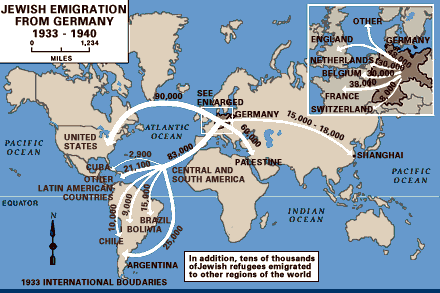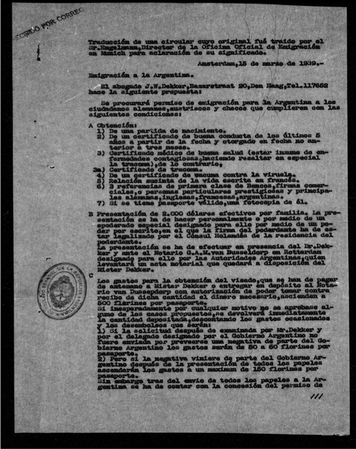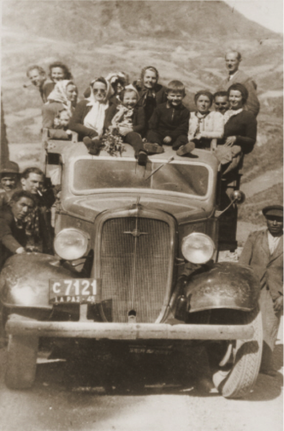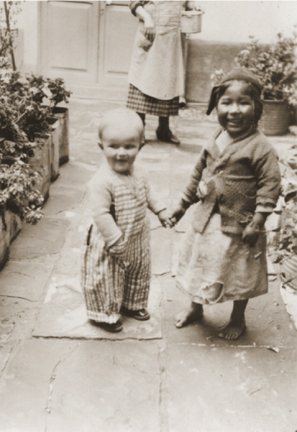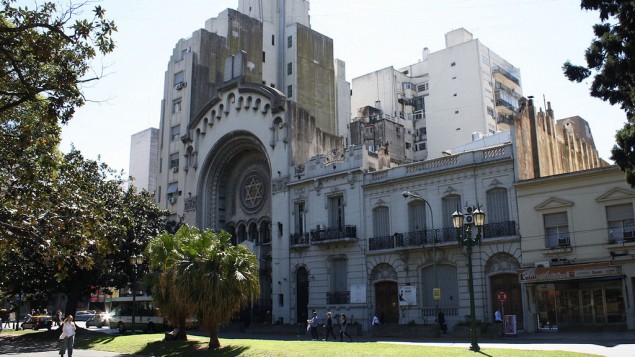Latin America
|
Latin America was an ideal region for Jews to escape Nazi Germany. Over 214,500 Jews immigrated there during the Holocaust. Argentina and the Dominican Republic were the primary destinations. Other popular countries included Brazil, Bolivia, Cuba, Chile, Mexico, and Uruguay. |
"I'd never heard of Cuba and I couldn't imagine what was going to happen. I remember being scared all the time,"
-Gerald Granston, a 6 year old boy escaping Germany with his father
|
Many factors made Latin America attractive to Jewish immigrants. Unlike North America, these countries did not have strict immigration laws. In addition, the economy in countries such as Bolivia and Argentina were hurt due to wars and economic depression. They accepted more immigrants in order to revive their economy. Latin America also offered immigrants employment and protection from religious persecution. |
"Most of the Jews who came in the 1920s or 1930s arrived “in transit.” To Jews, the island became “Hotel Cuba.” The dream was to get to the U.S. and most did. Just before the Holocaust, Jewish immigration from Germany increased. Despite refusing entry to German Jews on the famous ship, The SS Saint-Louis, Cuba proportionately took in more Jewish refugees during the Holocaust than any other Latin American country. The Jewish community peaked to around 15,000 in the 1950s. In 1945, 25,000 Jews called Cuba home." -Ben G. Frank in Jewish Caribbean and Latin America
Life for Jewish Immigrants in Latin America was difficult. They encountered many struggles including language and cultural barriers. They also faced anti-semitic feelings.
In the 1930s, an organization, known as the Asociación Filantrópica Israelita, was founded to help German-speaking Jews explore opportunities for starting a new life. Over the years, ideas and traditions were exchanged between the two groups. This cultural blending is still evident today.
"To be called a refugee is the opposite of an insult: it is a badge of strength, courage, and victory..."
-Tennessee Office of Refugees
|
In Buenos Aires, entire districts remain immersed in Jewish culture. Over 50 synagogues built during the Holocaust still stand in these districts. Jewish sports teams, restaurants and theaters are also located in this region. |
